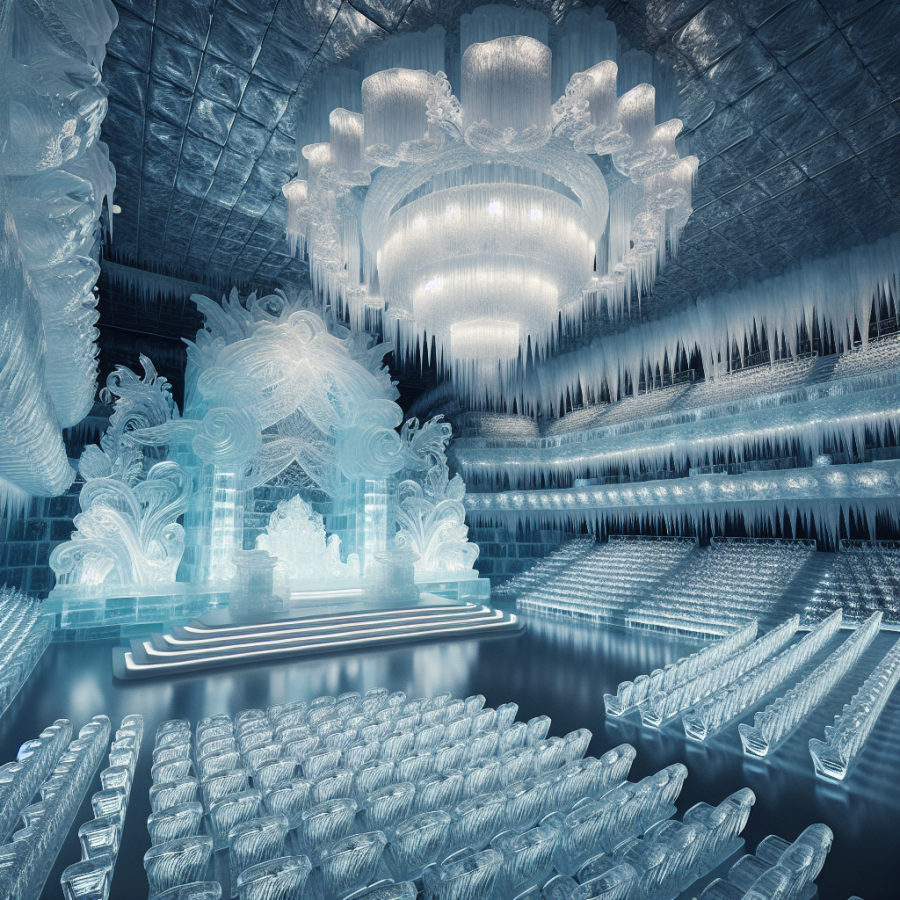Choreography on Ice: Exploring the Artistic Fusion of Skating and Drama
Choreography on ice is a fascinating dance between athleticism and theatre, merging the technical precision of figure skating with the expressive storytelling of drama. As choreographers approach the ice as a blank canvas, they must consider the unique challenges and opportunities it presents to bring their visions to life.
One of the first considerations in ice choreography is the inherent movement of skating. Skaters glide, twist, and launch into the air with seemingly effortless grace. But behind each sweep across the ice is the precise control of speed, direction, and timing. Unlike traditional dance choreography where the floor remains static, ice provides a slippery surface that can enhance momentum, allowing for prolonged spins and dynamic traveling across the rink. This demands choreographers carefully balance the physics of movement with the emotional narrative they aim to convey.
Music selection plays a pivotal role in choreography on ice, as it dictates the rhythm and mood of the performance. Choreographers must choose pieces that not only resonate with their storyline but also align with the skater's strengths and the technical requirements of their routines. The interplay between musical beats and visual accents such as jumps or spins enhances the dramatic effect of the performance.
Costuming and set design also contribute significantly to the blend of skating and drama in ice theatre. Taking inspiration from traditional theatre, costumes must be both aesthetically aligned with the theme and also practical for the athletic demands of skating. Similarly, set pieces and props must be engineered to cope with the cold environment and the potential for high-speed impacts.
The choreography itself is where the fusion of artistry and technique shines. Choreographers create sequences that serve the narrative, allowing skaters to act through their movements. This might involve pantomime, facial expressions, and gestures that evoke emotions—triumph, despair, love—or tell a story. The physical dialogue created by a leap or a gentle glide can speak volumes when combined with the right musical score and theatrical elements.
Another crucial aspect is the use of space on the ice. In a theater, actors can move in any direction at any moment; on the ice, choreographers must be acutely aware of the limitations and possibilities of their skaters' paths. Skaters can cover more space more quickly than dancers on a stage, resulting in a grander scale but also the need for careful spatial planning to avoid collisions and ensure the performance flows seamlessly.
Finally, there is an emotional depth to ice choreography that transcends traditional figure skating routines.
Read also:
Mastering the Ancient Game of Backgammon: Strategies and Tips
The Spectacle of Frozen Performance: Behind the Scenes of Ice Theatre Production
Ice theatre combines the artistry of figure skating with the spectacle of theatrical performance. It's a mesmerizing world that captivates audiences with its glacial grace and dynamic storytelling. But what happens behind the velvet curtain? How do producers and performers create these chillingly beautiful shows on the unforgiving canvas of ice?
One of the most critical aspects of ice theatre production is choreography. Unlike traditional stage theatre, choreographers must work with the additional dimension of the ice's slippery surface. Each movement is precisely plotted not only for its aesthetic value but also for its practicality and safety. The choreography must fully utilize the space, integrating jumps, spins, and glides seamlessly with the emotion and rhythm of the performance.
The choice of music plays a pivotal role in setting the tone of the piece. Music must align with both the narrative of the show and the capabilities of the skaters. Often, composers and musicians are brought on board to create custom scores that accentuate the thematic elements of the production, providing a rich auditory backdrop for the visual feast.
Costuming for ice theatre is a blend of fashion design and engineering. Costumes need to be eye-catching and reflective of the show's theme, yet they must allow for complete freedom of movement and accommodate the cold temperatures of the ice rink. Fabrics are chosen not only for their visual appeal but also for their warmth and stretchability. Designers often work in close collaboration with skaters to ensure that the outfits contribute to, rather than hinder, the performance.
Setting the scene—lighting and set design in ice theatre is uniquely challenging. The reflective surface of the ice amplifies light and shadow play, which designers can use to their advantage. However, it also means that lighting cues must be carefully managed to avoid glare that could disorient skaters or obscure the audience's view. Sets and props have to be designed with mobility in mind, as they must be moved on and off the ice swiftly and safely during scene changes.
Skater safety is paramount, and this extends into the training and rehearsal schedule. Performers must maintain peak physical condition to execute the demanding routines, and rehearsals are often long and grueling. Producers must ensure that the cast is equipped with the best resources, including on-site medics and physiotherapists, to prevent and treat potential injuries.
Off the ice, marketing and promotion are key to the success of an ice theatre show.




